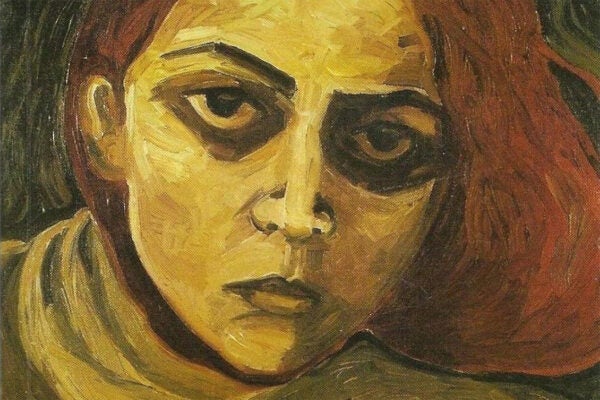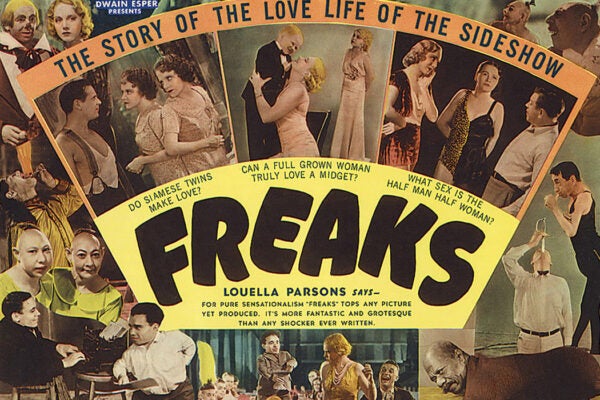The many shifts in the way jazz has been played, presented, and marketed also represent changes in how it responded to its times. As art historian Carissa Kowalski Dougherty explains, in the 1920s, jazz was “played up in racially insensitive images […] to lure white patrons into the nightclubs offering this somewhat subversive art form.” But while these types of representations became more widely seen as offensive, jazz imagery of the 1950s and 1960s tended to avoid race altogether.
“For the most part,” writes Dougherty, “race was not a subject for album cover illustration; abstract designs and neutral photography lent an air of racial ambiguity for much of the 1950s and ’60s.”
By the late 1960s, as Civil Rights Movements began to change the shape of America, the sound was changing, too. Jazz became, like many other art forms, a representation of these movements, the music lending its tones to activism. And at a few record labels, album covers “began to draw on [B]lack culture […] emphasizing African motifs, African-American hairstyles, and other symbols of [B]lack pride,” better reflecting the music, the artists, and the politics.
Between the 1920s and the late 1940s, album covers had developed from simple sleeves with just the basic information about the songs and musicians into actual pieces of art. This shift was mostly due to the work of designers such as Alex Steinweiss, whom one scholar described as being able to “hear with his eye what his ear saw.” But for companies who were releasing jazz in the 1960s and ’70s, the idea of a more visible Blackness partly came from the artists’ desires to have their culture seen and partly from the record labels’ understanding that they could market those desires.
But there’s no question that many Black musicians wanted their art—and that included the protective cover in which it came—to reflect their Blackness, their times, their activism. With that said, many album covers still didn’t reflect any of that. Few used “original artwork that convey[ed] any sense of the jazz community,” writes Dougherty. This was likely for a few reasons, one of which hearkened back to jazz’s earlier days: though the imagery was unarguably less racist than that of the 1920s, it still catered to the white consumer.
“Because the predominantly white art directors and record executives made the final decisions in album cover design, cover art depicted their own conception of jazz and jazz musicians,” Doughtery explains.
Black artists rarely worked on these covers, though there were some exceptions. Jelly Roll Morton’s Back O’ Town Blues, for example, featured a painting by Jacob Lawrence, and photographer Kwame Brathwaite, who popularized “Black is Beautiful,” shot the images for several Blue Note album covers. Two of saxophonist Eric Dolphy’s albums use artwork by surrealist painter Richard “Prophet” Jennings, and photographer Charles Stewart’s work was used on several jazz albums as well. Overall, however, as Dougherty writes, “the influence of black visual artists—graphic designers, art directors, and photographers—is a murky and largely undocumented topic.”
Weekly Newsletter
By the 1950s, some musicians began to break away from the norms. There’s Max Roach’s Freedom Now Suite, which depicts a lunch-counter sit-in, and Thelonious Monk’s Underground shows the artist seated at a piano, gun slung over his shoulder, the room in disarray, positioning him as a “revolutionary freedom-fighter.” There were albums featuring African art (Curtis Amy’s Katanga!) and those featuring natural hair on both men and women (Bobby Hutcherson’s Total Eclipse and Lou Donaldson’s The Natural Soul). And on some albums, Black women are shown as objects of beauty, which could be seen as a radical idea (Freddie Roach’s Brown Sugar and Miles Davis’s Filles de Kilimanjaro).
Jazz musicians were responding to their times and their convictions, and many wanted their cover art to be part of that response. As Dougherty points out, “race and jazz are inextricably linked in American history and potently visible in the images displayed on jazz records.”







